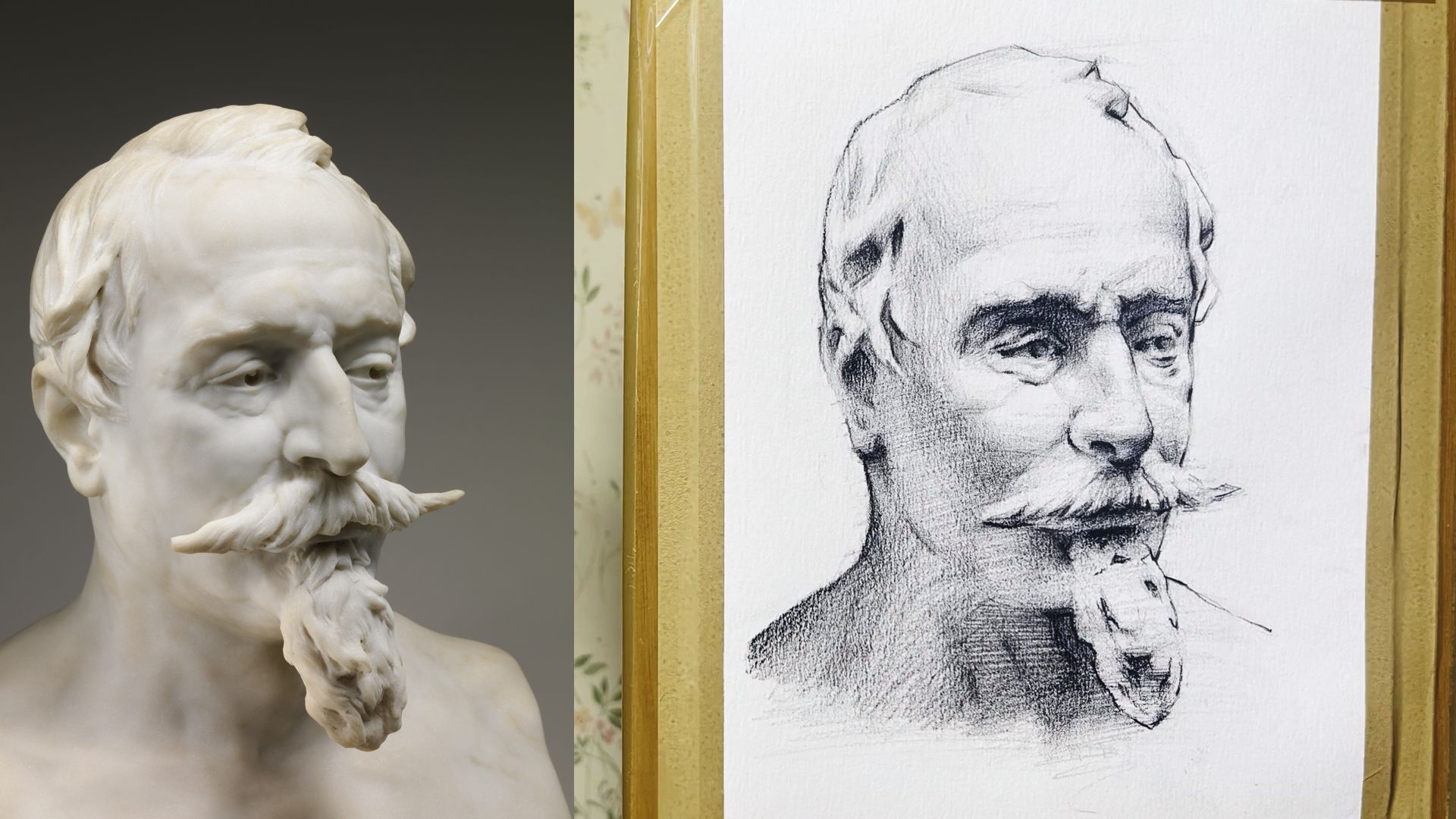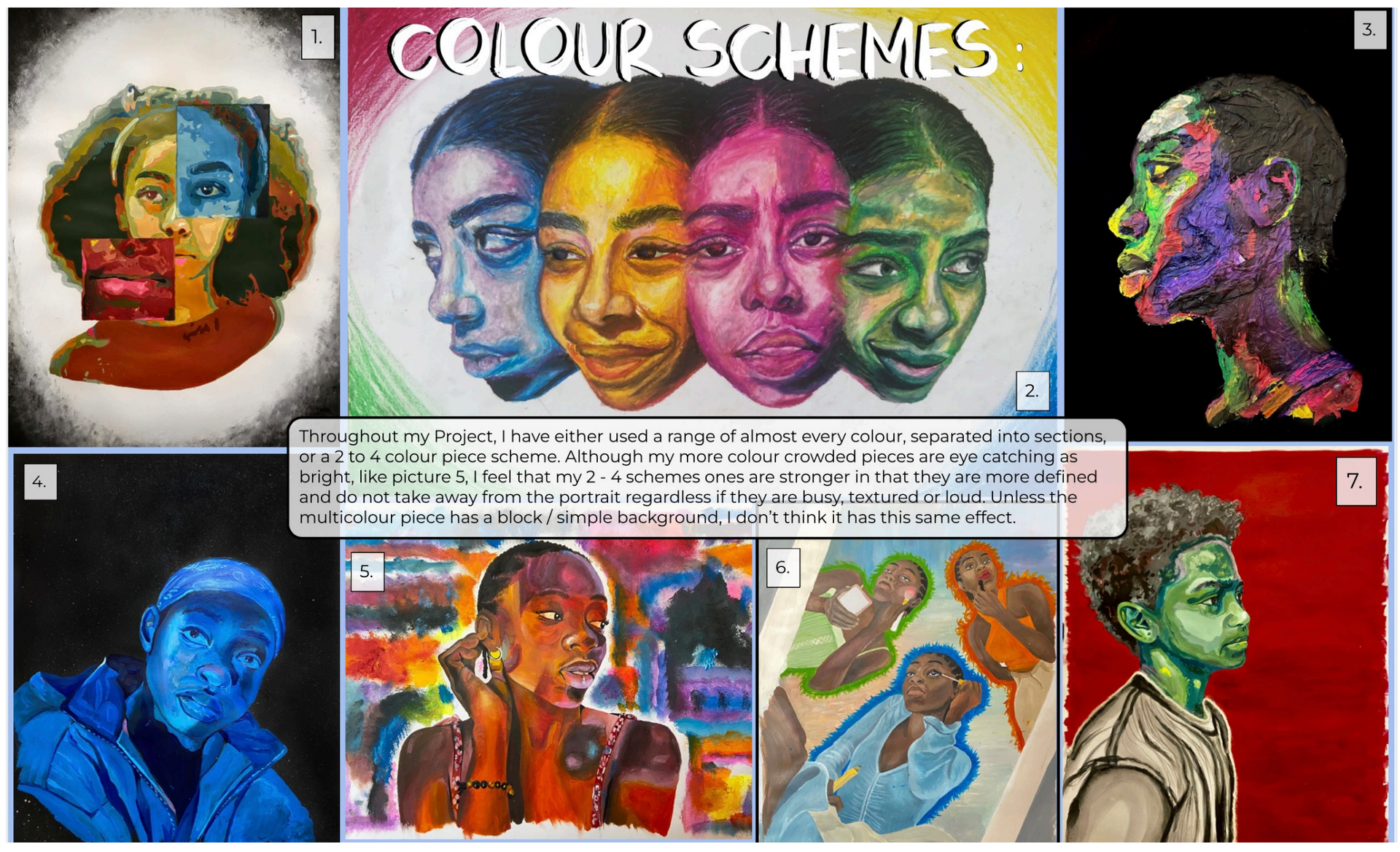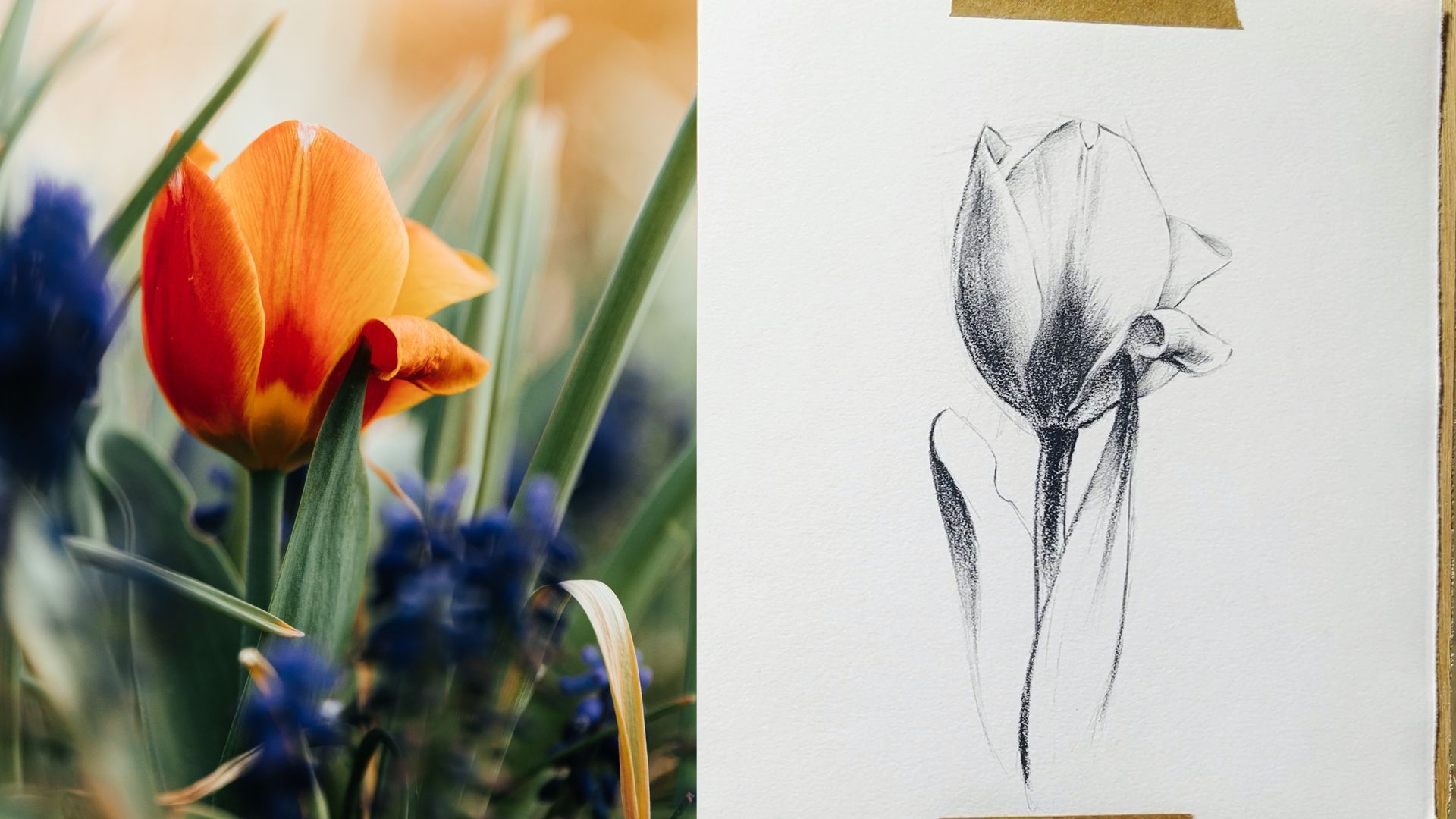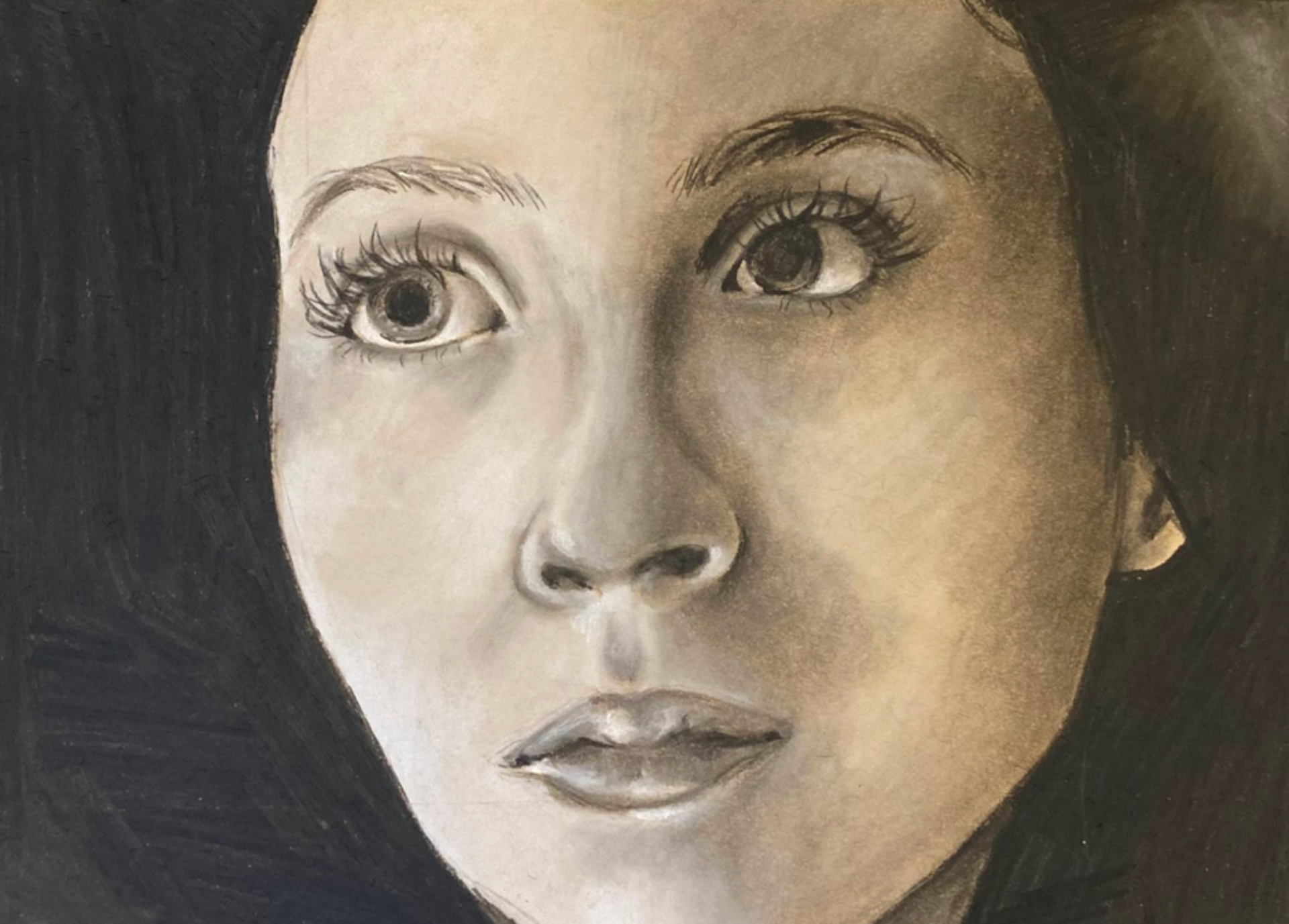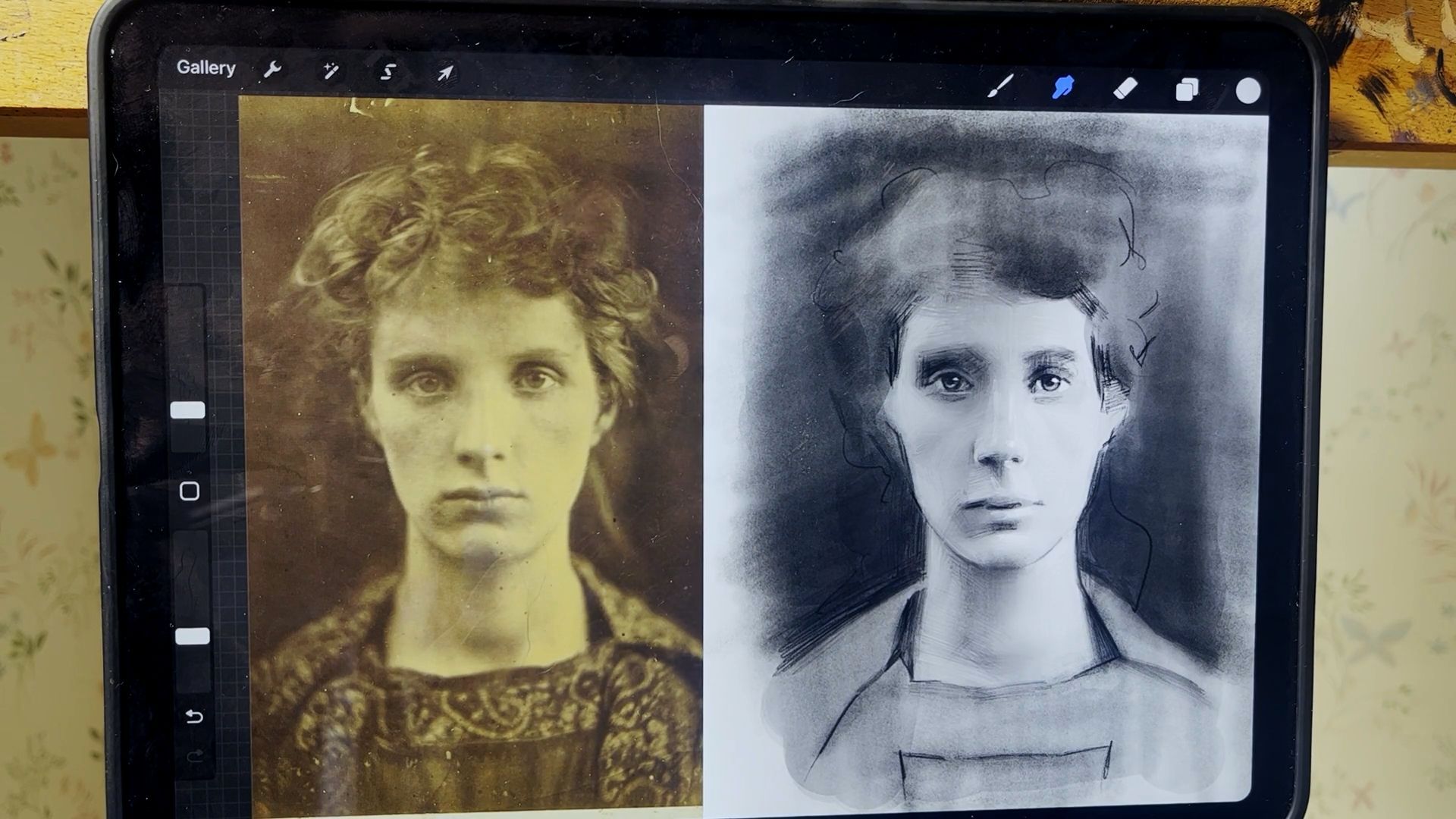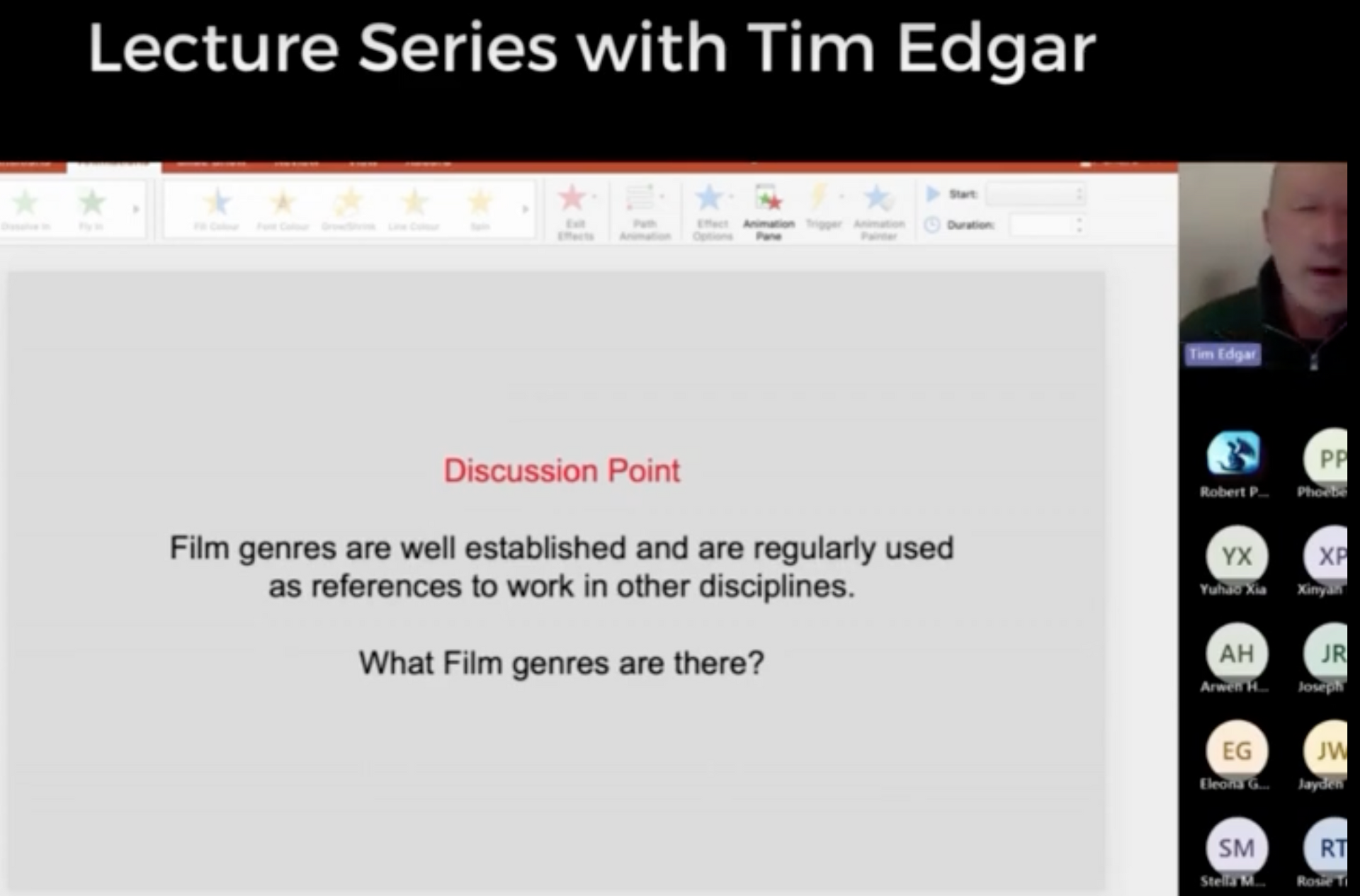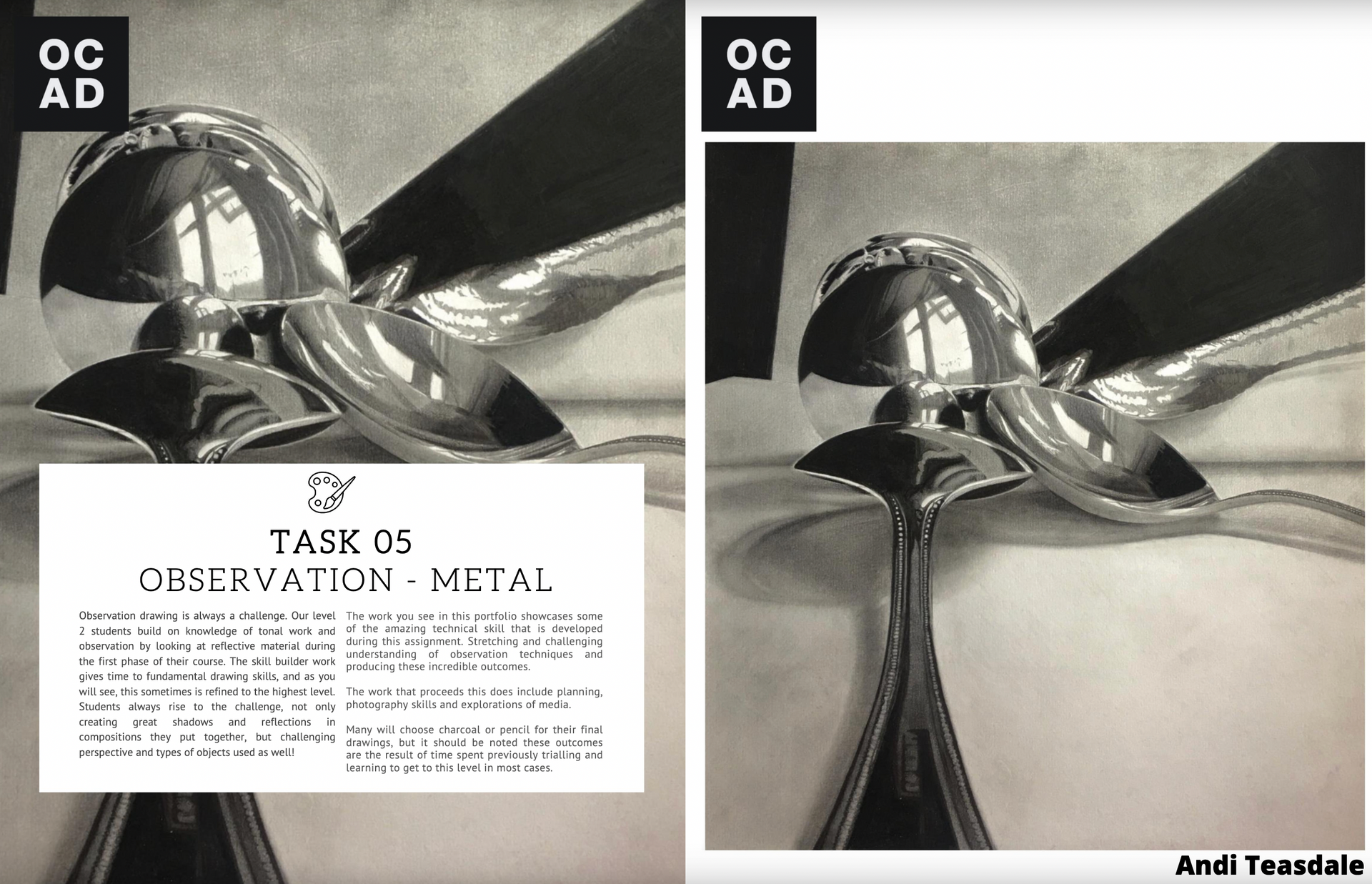Learning To See! Lesson Demo - Task 1 - Level 2 Certificate in Art and Design
Observational Drawing can be daunting...unless you can start back at the very beginning
We often showcase the amazing observational work that students produce on this course, but where does it all start from? How do I get from being a beginner, to producing those incredible observational drawings?
Do you often think, that could never be me? I could never draw like that? Well, you can!
You just have to learn HOW.
It is true that some of us have a skill that develops so early on; the ability to see line and shape when drawings comes more 'naturally'...but maybe growing up you were one for looking at the details, or findings spaces and patterns in things...well, in doing so you have been teaching yourself how to see around an object and so this lesson on 'learning to see' could come easier for some than others.
I was one of those students. My dad was an Architect and I was fascinated by drawing from an early age. From sketching early on, and being able to replicate textures and striving for those right proportions, it seemed to come more naturally when I was put in a classroom and to be asked to draw the objects placed in the middle of the room! For some, this must have been terrifying! I remember being able to almost use an internal view finder, focusing in on a small section and looking at those angles (having my dad show me the hold the pencil up to compare sizes and lengths helped of course!)...but what I now understand what I was doing, I can teach that methodology and help others to 'see' things in that way. To forget it is a jug, a vase, a spoon, a tablecloth...and try to SEE the shapes being formed by intersecting lines and shadows.
Those positive and negative spaces really exist; the angles of a line, the shapes that are formed by two or more lines, the spaces created outside of drawing a shape, the length of a line, thickness of a line... as soon as you learn to see them, you take away the complexity of what the object is you are drawing, and see it in a whole new way! Yes it is a jug, but its also a cylinder, with a slight curve off here and there, a smaller curved line in comparison to the one next to it or behind it...you'll end up drawing a jug without actually trying to draw a 'jug'.
To help your brain do this, we can simply turn the image upside down, or draw a grid to break up the images into smaller sections of patterns, lines and shapes.... soon as student see this process and learn to 'observe' and copy what is in front of them, their drawing just keep getting better! Apply the same process to shade, tone, highlights... later on even colour, and you can observe anything! For some it takes more practice, but with practice comes the skill and our level 2 students prove it every day!
Check out the video to see just 5 minutes of this lesson with Mrs Rees, our course leader for Level 2. This hour long demonstration shows students how these methods are applied so they can go with confidence to try it themselves. At the end of the video, there is some student work from this process, and, at the very end, examples of what observation skills are developed into - those WOW drawings you never thought you could produce.
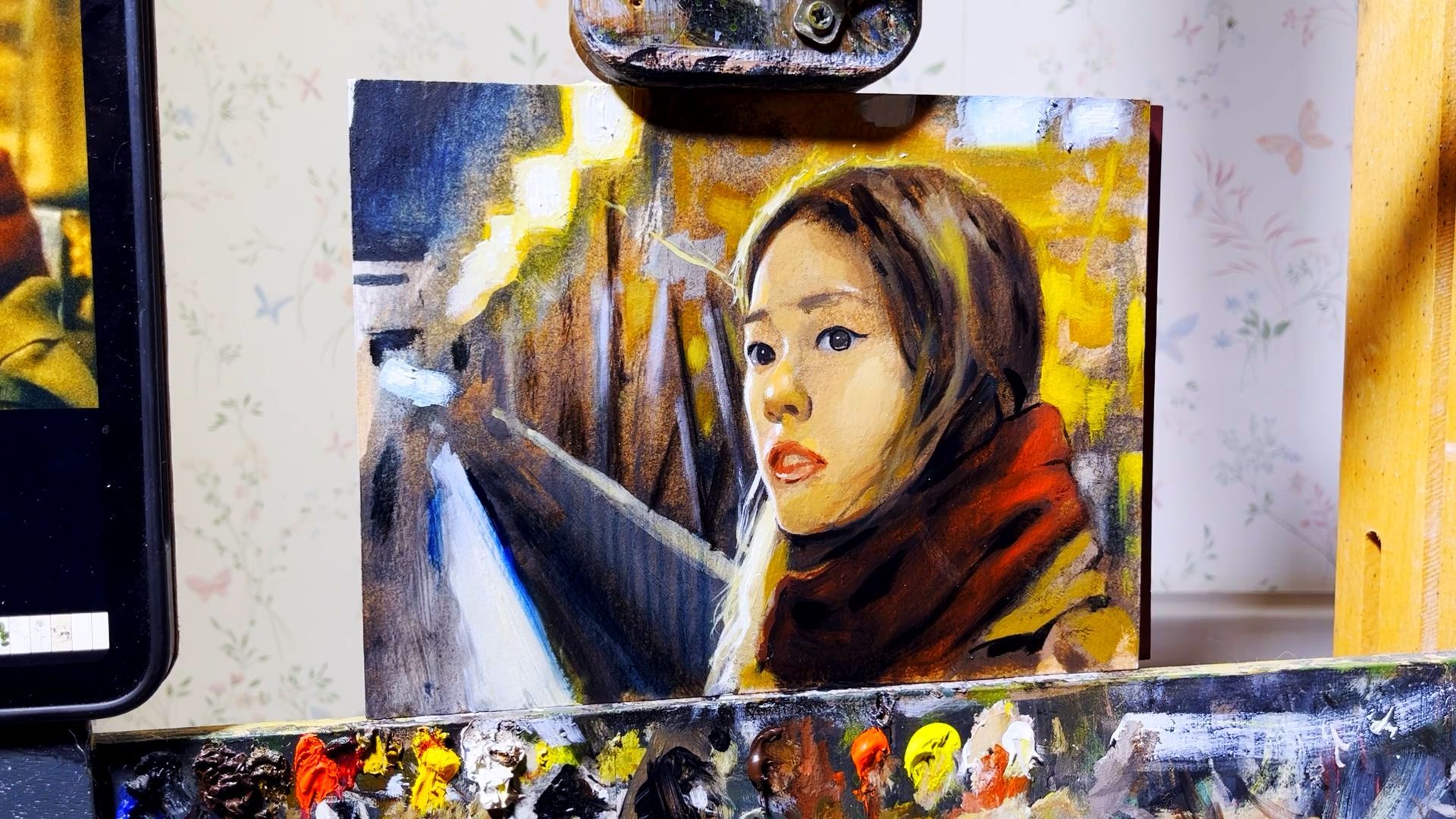
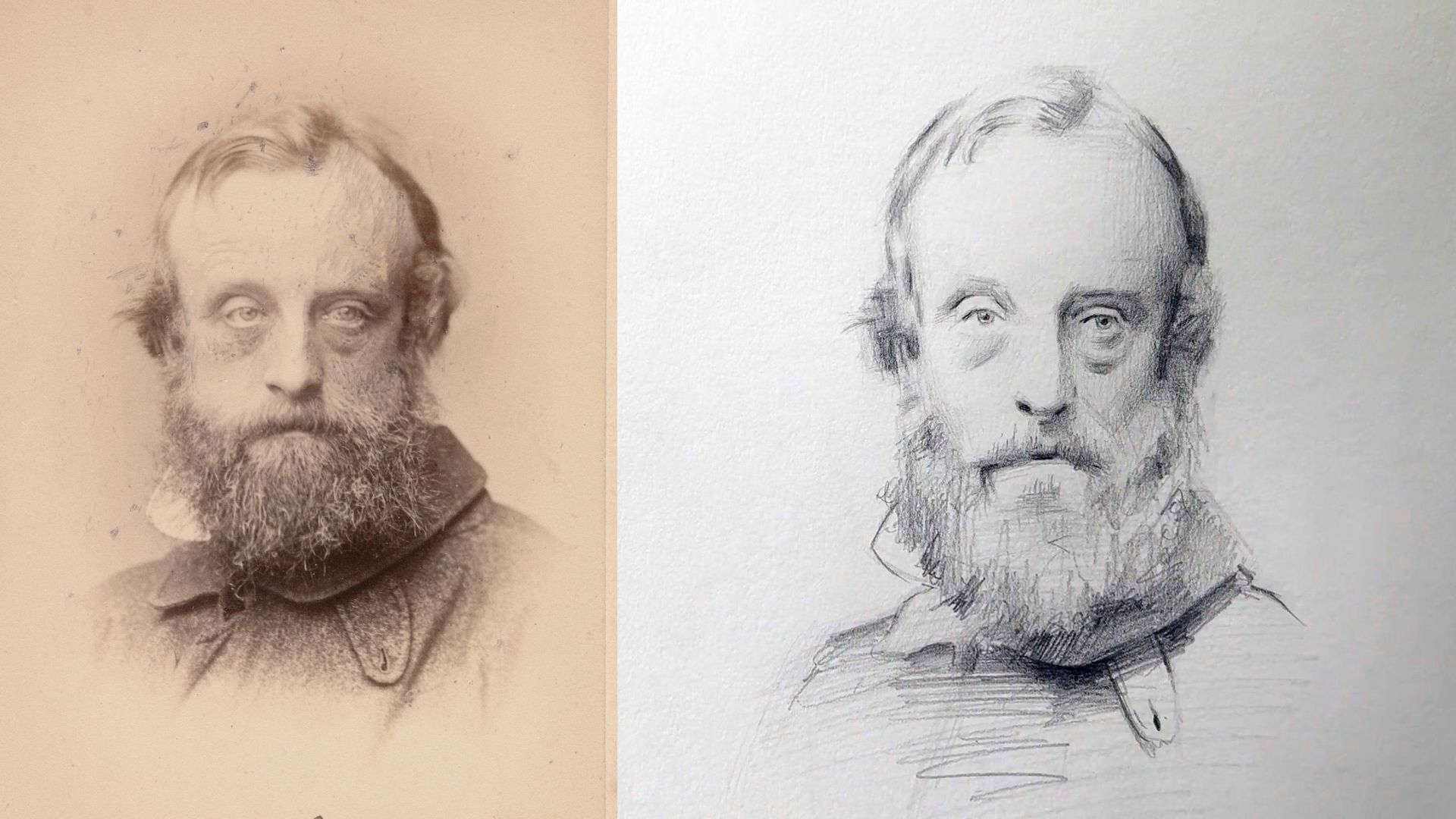
OCAD is part of the Cambridge Online Education Group - Company number 06594953
Registered UK Learning Provider 10033485
Cambridge Online Education Ltd

